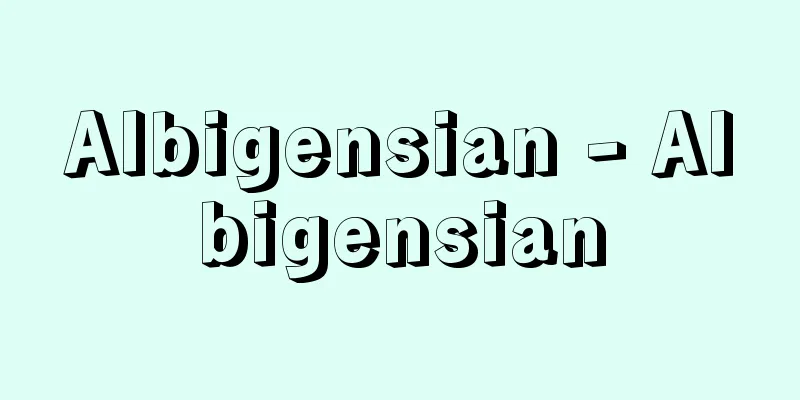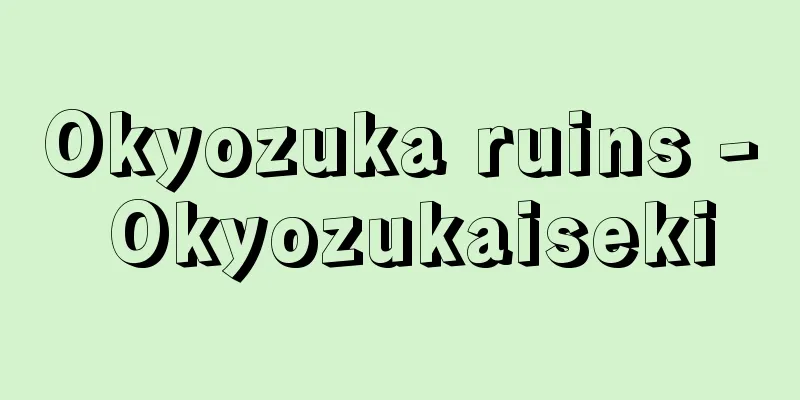Crime of a group of criminals

|
In the old Criminal Code that came into force on January 1, 1882 (Meiji 15), this crime was named collective rioting by a large number of people. It was established to suppress the Freedom and People's Rights Movement. It refers to the crime of assembling a large number of people to riot, coercing government officials, refusing to listen to their explanations, killing people, and destroying or burning down houses. It was decided that punishment would be divided into ringleaders, instigators, and associates. It was not included in the draft of the Japanese Criminal Code by the French legal scholar Boissonade, who visited Japan in the early Meiji period, but was added at the request of the Senate's Criminal Code Draft Review Bureau. It is said to have inherited the provisions on violent groups in the New Code of Law and Revised Code. It was applied to the violent groups involved in the Ashio Copper Mine Pollution Problem, the Hibiya Riot Incident, and other social movements. The Penal Code enacted in 1907 (Meiji 40) made it a crime of rioting, and the revision of the Penal Code in 1995 (Heisei 7) changed it to a crime of rioting. [Yamamoto Shiro] [Reference] | |Source: Shogakukan Encyclopedia Nipponica About Encyclopedia Nipponica Information | Legend |
|
1882年(明治15)1月1日施行の旧刑法において、多人数の集団的暴動を称した罪名。自由民権運動弾圧のために制定された。多人数を集合せしめて暴動し、官吏を強迫し、また官吏の説諭に服せず、人を殺害し、家屋などを破壊・焼失した罪をいう。首魁(しゅかい)、教唆(きょうさ)者、付和随行者に分けて処分することを決めている。明治初年に来日したフランスの法学者ボアソナードの日本刑法草案にはなかったが、元老院の刑法草案審査局の要求によって挿入された。新律綱領、改定律例の兇徒聚衆の規定を継承したものといわれる。足尾鉱毒問題における兇徒聚衆事件や日比谷焼打事件その他社会運動の鎮圧に適用された。1907年(明治40)制定の刑法で騒擾(そうじょう)罪に、1995年(平成7)の刑法改正で騒乱罪に変わった。 [山本四郎] [参照項目] | |出典 小学館 日本大百科全書(ニッポニカ)日本大百科全書(ニッポニカ)について 情報 | 凡例 |
Recommend
Antiperistasis - Antiperistasis
…Therefore, the existence of a medium is also an ...
ripper
Software for ripping. ◇It is also called "rip...
Kamoyama Park
…In Jingamine in the north, ceramics (tiles and c...
Creation of a nation
From the mid-Heian to the Kamakura period, this co...
Ennosuke Ichikawa (II)
Born: May 10, 1888. [Died] June 12, 1963. Tokyo Ka...
Falsehood - Kyogi
It is a concept that corresponds to the English t...
Mingzong - Meisou (English spelling) Míng zōng
867‐933 The second emperor of the Later Tang dynas...
Inari Torii - Inari Torii
〘Name〙 A type of torii gate. A torii gate with a b...
《Conference of the Gods》
…Soviet filmmakers assisted in the reconstruction...
Nine schools and a hundred schools
…In China, there are nine schools of thought. The...
Empress of Ireland
...Investigations after the incident revealed tha...
The Ardeal School - A school of thought
…Official name: Romania Area: 237,500 km2 Populat...
Unohana Kutashi - Unohana Kutashi
A temporary long rainy period from May to early Ju...
Kayazu
A post station on the medieval Kamakura Kaido road...
Tadasumi Kagazume
Year of death: Kan'ei 18 (1641) Year of birth:...









